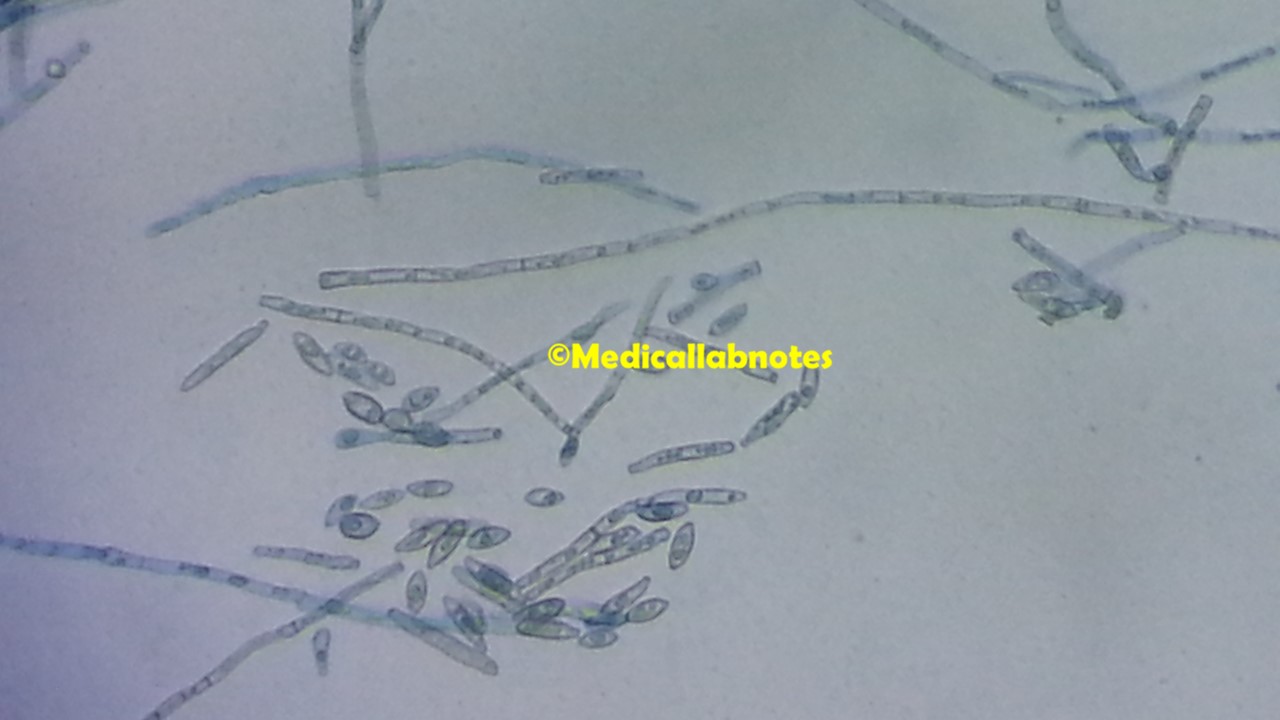Microsporum ferrugineum: Introduction, Morphology, Pathogenicity, Lab Diagnosis, Treatment, Prevention, and Keynotes
Introduction Microsporum ferrugineum is a species of dermatophytic fungus that belongs to the genus Microsporum. Dermatophytes are a group of fungi that are capable of infecting and colonizing the outer layers of the skin, hair, and nails, causing various dermatophytosis or “ringworm” infections in humans …


